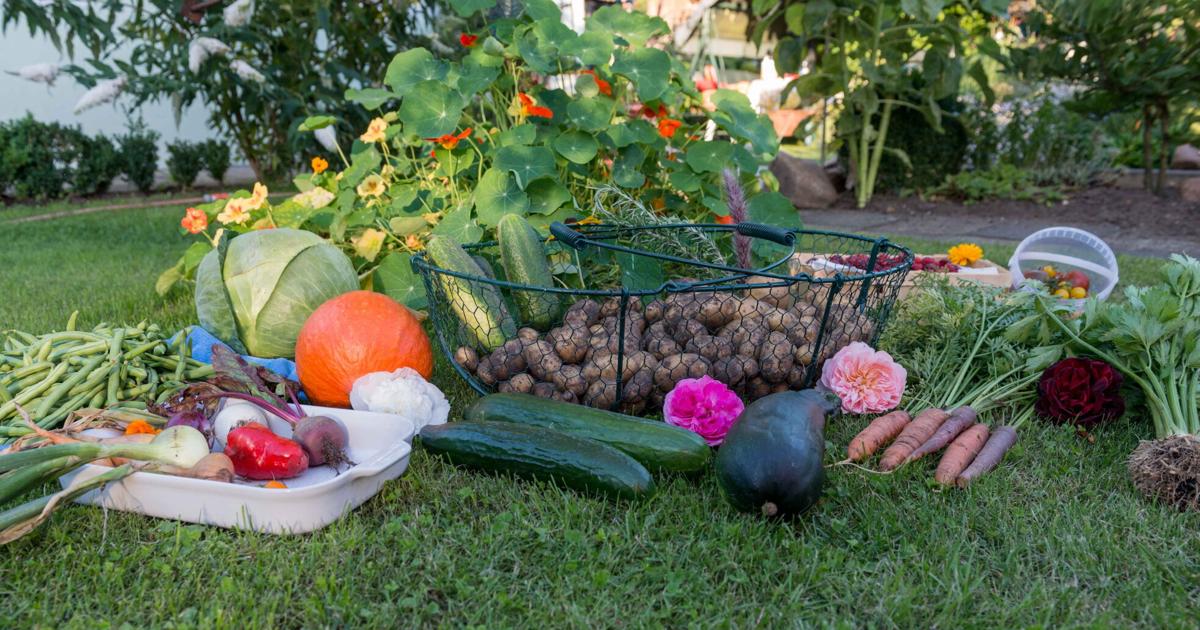The Fourth of July is over, the fireworks are done, fall crafts and the back-to-school sections are starting to show up in the various stores. All that means is that thoughts are starting to turn fall.
For a gardener right now, tomatoes are still producing, okra is growing, but the rest of the garden is tired. With the temperatures are still warm, itâs hard to think about lettuce and radishes. But now is the time to plan for the fall and winter vegetables. If you havenât done a fall garden, it doesnât take much to grow one.
With my new raised beds, I have been filling them all summer and am waiting for the compost to work. Iâll add some soil and amendments before I plant. The same soil amendments can be added to an in-ground bed also. Some of the problems, insects and disease, are fewer during the fall and winter.
One indoor project that needs to be done for planning a fall garden is to figure out what to plant. If no one in your family eats lettuce, donât plant it! The seed company websites do have product available, along with the independent garden centers and the big box stores.
I have been going through my seeds to see if I have enough radish, cilantro, English peas and varieties of lettuce to plant. This is a great indoor project. If you are planning a new garden, try to take pictures early in the day. Then you can print them or use your computer to figure out where to place the garden, how to lay the garden out and if you want raised beds or in ground.
Most vegetables require six to eight hours of sunlight during the day. Take in consideration that the leaves of the oak trees and pecan trees will fall during that time of the year. It makes good compost.
A close source of water, as many vegetables require quite a bit of water to reach their best growth. A mulch of straw or grass cuttings will help to keep the moisture near the roots of the plants.
During the middle of July, it is a good time to plant warm day plants such as sweet and hot peppers, tomatoes, winter squash, pumpkins and okra. During the first half of August, some of the cool season plants can start going into the ground as long as you are planting them as seeds â cabbage, cauliflowers, broccoli and others from the Brassica family. If you have started your own seed or can find transplants, they should go in the ground in late August to the middle of September. You can even try for a fall harvest of summer squash and zucchini.
When September rolls around, green and yellow beans can go in the ground, along with various types of greens, including lettuce, mustard and collards. In late September until November radishes, garlic and onions can be planted for harvest all winter and in to the spring. There will be an article dedicated to garlic later.
I usually plant my lettuces, radishes and broccoli in late September or early October and do a succession planting around Thanksgiving. That way we have lettuce all winter and a great crop of broccoli in early spring.
Several people that I know, will plant their fall peppers and tomatoes in containers and bring them into their greenhouse or indoors to a place that has excellent lighting and is safe from a freeze.
This way they can enjoy fresh vegetables all winter.
I will admit some of the winters can get a little chilly here. To protect your plants during a cold snap, frost cloth works great. It allows air and water to reach the plant roots, but can hold the temperatures up to 10 degrees warming than the outside air.
Keep on gardening.
This article includes information from the Tarrant County AgriLife Extension article, âRecommended Planting Dates for North Texas.â
Joyce Block is a Johnson County Master Gardener and lives in Alvarado.








-1758534154419.webp)
:max_bytes(150000):strip_icc():focal(749x0:751x2)/miley-cyrus-1-092225-f61469454c564525b1b8cd62e9d15c07.jpg)